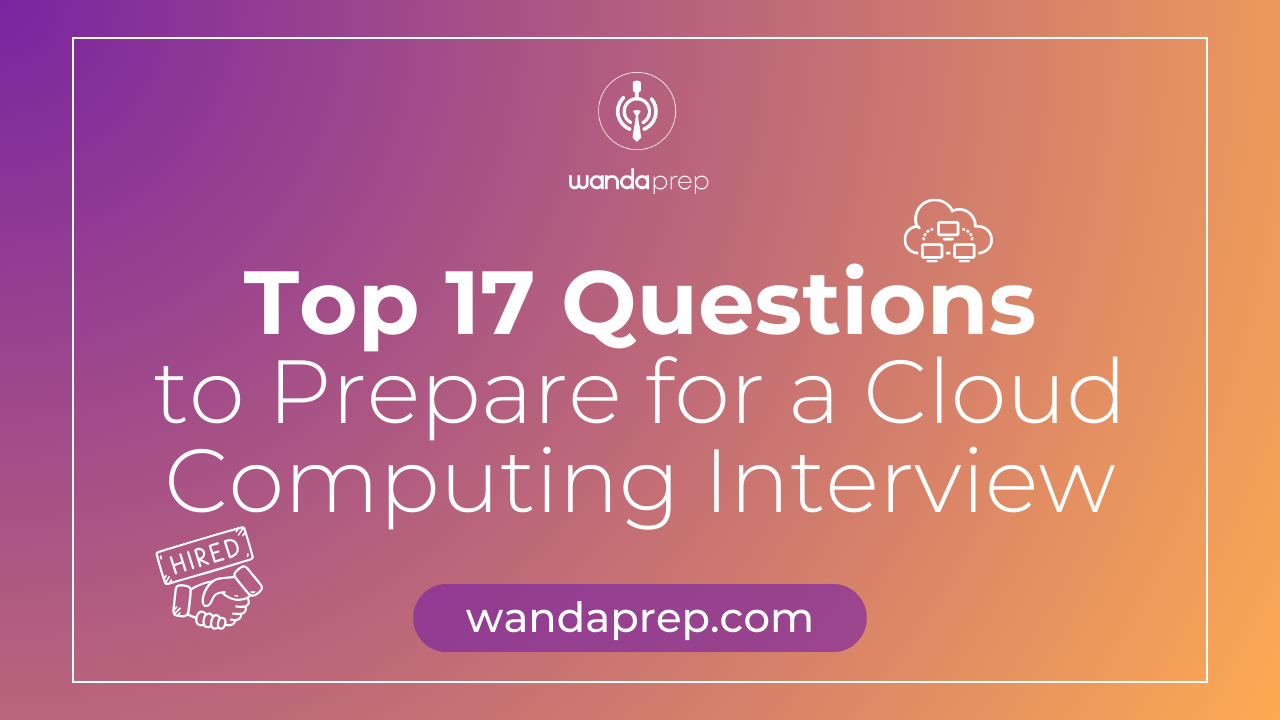Introduction
In today’s rapidly evolving digital landscape, businesses are increasingly turning to cloud computing to enhance their operations, improve scalability, and drive innovation. Microsoft Azure, a powerful cloud platform, offers a myriad of services and tools to help organizations achieve their goals. In this blog post, we’ll explore how you can maximize your cloud potential with Azure.
Microsoft Azure is a leading global provider of cloud computing services, offering a comprehensive suite of over 200 products and cloud services designed to address today’s challenges and create future solutions. It provides a broad range of cloud services, including infrastructure as a service (IaaS), platform as a service (PaaS), serverless, and software as a service (SaaS).
Microsoft Azure’s significance in the cloud computing landscape is underscored by its:
- Global Reach: With more regions than any other provider, Azure’s global infrastructure goes beyond the limits of on-premises data centers, providing extensive coverage and support.
- Security and Compliance: Azure offers security from the ground up, backed by a team of experts, proactive compliance, and a 99.95% availability SLA with 24/7 tech support.
- Innovation: Continuous innovation from Microsoft supports development today and product visions for tomorrow, making Azure a future-ready platform for businesses.

Why Azure?
Choosing Azure for your cloud infrastructure offers unparalleled advantages, with scalability being a key highlight. Azure enables businesses to scale resources rapidly based on demand, ensuring optimal performance and cost-efficiency. Moreover, Azure’s reliability is unmatched, providing a robust foundation for critical workloads and applications. The platform’s comprehensive security measures, proactive compliance, and 24/7 tech support instill confidence in safeguarding data and operations. Its global reach, with extensive coverage and support across regions, empowers businesses to expand their reach and access a diverse range of services, making Azure an ideal choice for organizations seeking a secure, flexible, and globally accessible cloud infrastructure.
Cost Optimization Strategies
Optimizing costs while leveraging Azure services can be achieved through strategic utilization of cost-saving options such as reserved instances, spot instances, and efficient cost management tools. With reserved instances, businesses can commit to a specific instance configuration for a one- or three-year term, resulting in significant cost savings compared to pay-as-you-go pricing. Spot instances, on the other hand, allow users to take advantage of spare Azure capacity at a much lower price, ideal for workloads with flexible start and end times. Additionally, Azure provides robust cost management tools, including Azure Cost Management + Billing, which offers insights into resource usage, cost allocation, and budget tracking, enabling businesses to monitor, control, and optimize their cloud spending effectively.
Real-world examples of cost savings achieved by Azure customers abound, showcasing the tangible benefits of leveraging these cost optimization strategies. For instance, a global media company reduced its infrastructure costs by up to 50% through the use of Azure reserved instances, allowing them to efficiently manage their predictable workloads while maximizing cost-efficiency. Similarly, a leading e-commerce platform leveraged spot instances to handle peak traffic periods, resulting in substantial cost savings without compromising performance. These examples underscore the practical impact of cost optimization strategies within Azure, demonstrating how businesses can achieve significant financial benefits while harnessing the power of cloud computing.
Designing for Efficiency
The importance of well-architected workloads lies in their ability to align technical and business objectives, reduce risks, and enhance security and compliance. The Microsoft Cloud Adoption Framework for Azure provides a structured approach to cloud adoption, offering guidance and best practices for designing and operating secure, reliable, efficient, and cost-effective workloads in the Azure Cloud. By adhering to the framework, organizations can consistently measure their architectures against best practices, identify areas for improvement, and ensure that their workloads are well-aligned with the pillars of the Well-Architected Framework. This approach enables businesses to make informed decisions, mitigate potential risks, and optimize the design and operation of their workloads, ultimately driving business value and resilience.
In the context of workload design, best practices encompass various aspects, including security, governance, and networking. By following the workload guidance of the Well-Architected Framework, organizations can prioritize technical design principles and design areas that represent the specific priorities of their workloads. This includes implementing security measures to handle failures and mitigate risks, establishing governance practices to ensure compliance and operational efficiency, and optimizing networking configurations to enhance performance and reliability. Real-world examples demonstrate the tangible benefits of these best practices, showcasing how organizations can achieve cost optimization, improved security, and enhanced operational resilience by aligning their workloads with the Well-Architected Framework.
Operational Excellence
Operational aspects such as monitoring, automation, and DevOps practices play a pivotal role in ensuring the efficiency and resilience of cloud workloads. Azure offers a comprehensive suite of tools and services to address these critical operational needs. Azure Monitor provides a unified platform for collecting, analyzing, and acting on telemetry from applications and infrastructure, enabling proactive monitoring and troubleshooting. Additionally, Azure Automation empowers organizations to automate time-consuming and repetitive tasks, streamlining operational processes and enhancing productivity. Embracing DevOps practices, Azure DevOps provides a set of collaborative development tools that integrate seamlessly with Azure, enabling teams to plan, build, and deploy applications with agility and efficiency.
Azure’s tools for efficient management and continuous improvement extend beyond operational support to encompass a holistic approach to cloud governance and optimization. Azure Policy allows organizations to enforce policies and compliance controls across their Azure environment, promoting consistency and security. Furthermore, Azure Advisor provides intelligent recommendations to optimize Azure resources for high availability, security, performance, and cost, enabling continuous improvement and cost savings. By leveraging these tools, organizations can streamline their operational workflows, foster a culture of continuous improvement, and unlock the full potential of their cloud investments within the Azure ecosystem.

Security and Compliance
Azure’s built-in security features and certifications play a crucial role in addressing security concerns and compliance requirements for organizations leveraging the Azure cloud platform. Azure’s infrastructure is designed to host millions of customers simultaneously, providing a trustworthy foundation for meeting security requirements. The platform offers a wide array of configurable security options, allowing organizations to customize security to meet their unique deployment requirements. Additionally, Azure provides built-in compliance controls, configuration management tools, and implementation resources, along with third-party audit reports verifying adherence to rigorous security and compliance standards such as ISO 27001, ISO 27018, SOC 1, SOC 2, SOC3, FedRAMP, HITRUST, and more. These features and certifications demonstrate Azure’s commitment to providing a secure and compliant cloud environment for organizations with diverse regulatory and security needs.
By leveraging Azure’s security capabilities, organizations can effectively address security concerns and compliance requirements. Azure Security Center, a unified security management system, offers benefits such as upgrading Azure subscriptions to enhance security, compliance, and threat protection. Furthermore, Azure Policy enables organizations to monitor and enforce security policies across their hybrid cloud workloads, ensuring compliance with company or regulatory security requirements. Azure’s security best practices and patterns provide valuable guidance for designing, deploying, and managing secure cloud solutions, offering benchmark recommendations to help organizations quickly reduce risk and enhance security. These comprehensive security features and resources within Azure empower organizations to build and maintain secure, compliant, and resilient cloud environments, addressing critical security and compliance needs with confidence.
Case Studies
Several organizations have realized significant benefits and maximized their cloud potential by leveraging Azure. For instance, a global media company achieved improved productivity and reduced costs by up to 50% through the use of Azure reserved instances, enabling them to efficiently manage their predictable workloads while maximizing cost-efficiency. Additionally, a leading e-commerce platform leveraged spot instances to handle peak traffic periods, resulting in substantial cost savings without compromising performance. These examples underscore the tangible benefits of leveraging cost optimization strategies within Azure, showcasing how businesses can achieve significant financial benefits while harnessing the power of cloud computing.
Furthermore, Azure’s cloud adoption framework has empowered organizations to enhance agility and resilience. By accelerating cloud adoption, many businesses have increased their competitive advantage and digital resilience. Azure’s continuous innovation in infrastructure capabilities has provided customers with more choices and flexibility, enabling them to increase agility and performance. This has allowed businesses to quickly adapt to market changes, helping them ring-fence existing customers or claim market share from competitors. The agility-related outcomes have helped organizations articulate the value of migrating to the cloud in their transformation journey, demonstrating the practical impact of Azure’s capabilities in driving business agility and success.
Conclusion
In summary, organizations can optimize costs while leveraging Azure services through strategies such as reserved instances and spot instances, supported by robust cost management tools. It’s crucial to prioritize well-architected workloads, aligning technical and business objectives while adhering to best practices for workload design, security, governance, and networking. Additionally, operational aspects such as monitoring, automation, and DevOps practices are pivotal, with Azure offering a suite of tools for efficient management and continuous improvement. Addressing security concerns and compliance requirements is paramount, and Azure’s built-in security features and certifications provide a trustworthy foundation for organizations.
We encourage readers to explore Azure’s capabilities and unlock their cloud potential. By embracing Azure’s comprehensive suite of services and tools, organizations can drive innovation, enhance agility, and realize substantial cost savings while ensuring a secure and compliant cloud environment. Whether it’s optimizing costs, streamlining operations, or achieving regulatory compliance, Azure offers a wealth of resources to help organizations maximize their cloud potential and thrive in the digital landscape.
Learn more about DevOps and Cloud computing with Wandaprep.







